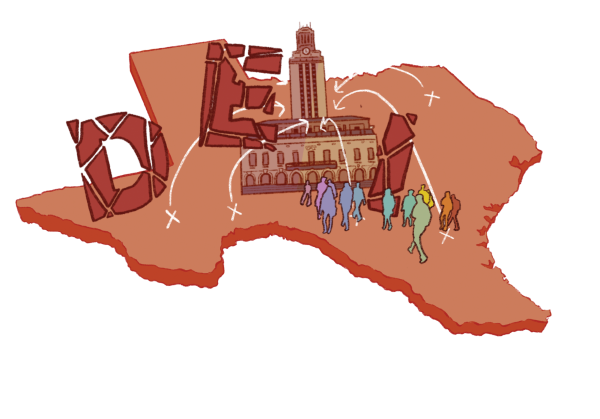Flaming Hot Takes on Climate Change
February 18, 2020
LOCAL (TEXAS)
Due to its location in the subtropics, Texas has historically been one of the hottest states in the U.S., averaging 60 dangerous heat days (ranging from 90 to 115 degrees) a year. McAllen is the second hottest city in the U.S. and has remained in the top 25 since 2010. Texas is predicted to see an average of 115 dangerous heat days by 2050, and the average temperature has risen 3.3 degrees in the past decade. Texas is also very vulnerable to wildfires. Ashe Junipers, one of the most common trees in Texas, contain oils that explode when they are ignited. A significant part of the Texas Hill Country contains Ashe Juniper trees, making the area easily flammable. Although Texas is one of the hottest states in the country, state officials have not made extensive plans in preparation for extreme heat waves. In the Texas Emergency Management Plan, there is no response planned for extreme heat, which will pose a potential problem in the future as temperatures in Texas rise.
USA
Climate change is affecting different regions of the U.S. in a variety of ways. On the West Coast, drought has increased the length of wildfire season, causing wildfires to last longer and reach further. In 1990, 3.3 million acres of California were burned by wildfires, and in 2018, 7.6 million acres burned due to droughts and hotter temperatures. In the Northeast part of the U.S., heavy precipitation has increased by 71% since 1958. New York is also experiencing rising sea levels, causing about 240,000 people to live in an area that is at risk of inland flooding. Additionally, states in the Southern parts of the U.S. have seen a rise of stagnant air days, which is caused by a lack of precipitation, a result of drought. As more people become knowledgeable about climate change, they have started advocating for the government to act, as seen by events such as protests and increasing involvement in political campaigns regarding climate. Climate change has been a heavily debated topic in the 2020 presidential debates, and legislation may be passed in the coming years to reduce emissions and promote climate change.
WORLD
The polar ice caps are melting, causing sea levels to rise all around the world. Ice caps reflect excess heat away from Earth and help prevent global warming, but as a result of the melting, the oceans and atmosphere are warming. It has been projected that by 2100, more than ⅓ of the world’s glaciers will be completely melted. Drought has also increased worldwide, especially in Australia, where wildfires in New South Wales burned 17.3 million acres of land and destroyed hundreds of homes. In December 2019, the air quality in Sydney was 11 times worse than the acceptable amount. As the threat of global warming grows, young climate activists such as Greta Thunberg, Mari Copeny and Bruno Rodriguez have led strikes and shared information with millions on how more people can get involved. Climate change rallies have been held worldwide, with tens of thousands of people attending each rally. The 2019 Climate Change Summit held by the United Nations in Bonn, Germany produced several new plans and policies to reduce emissions, such as the goal to reduce gas emissions by 30% by 2030. Future summits will also focus on climate change and will bring new policies to help reduce damage to the climate.









